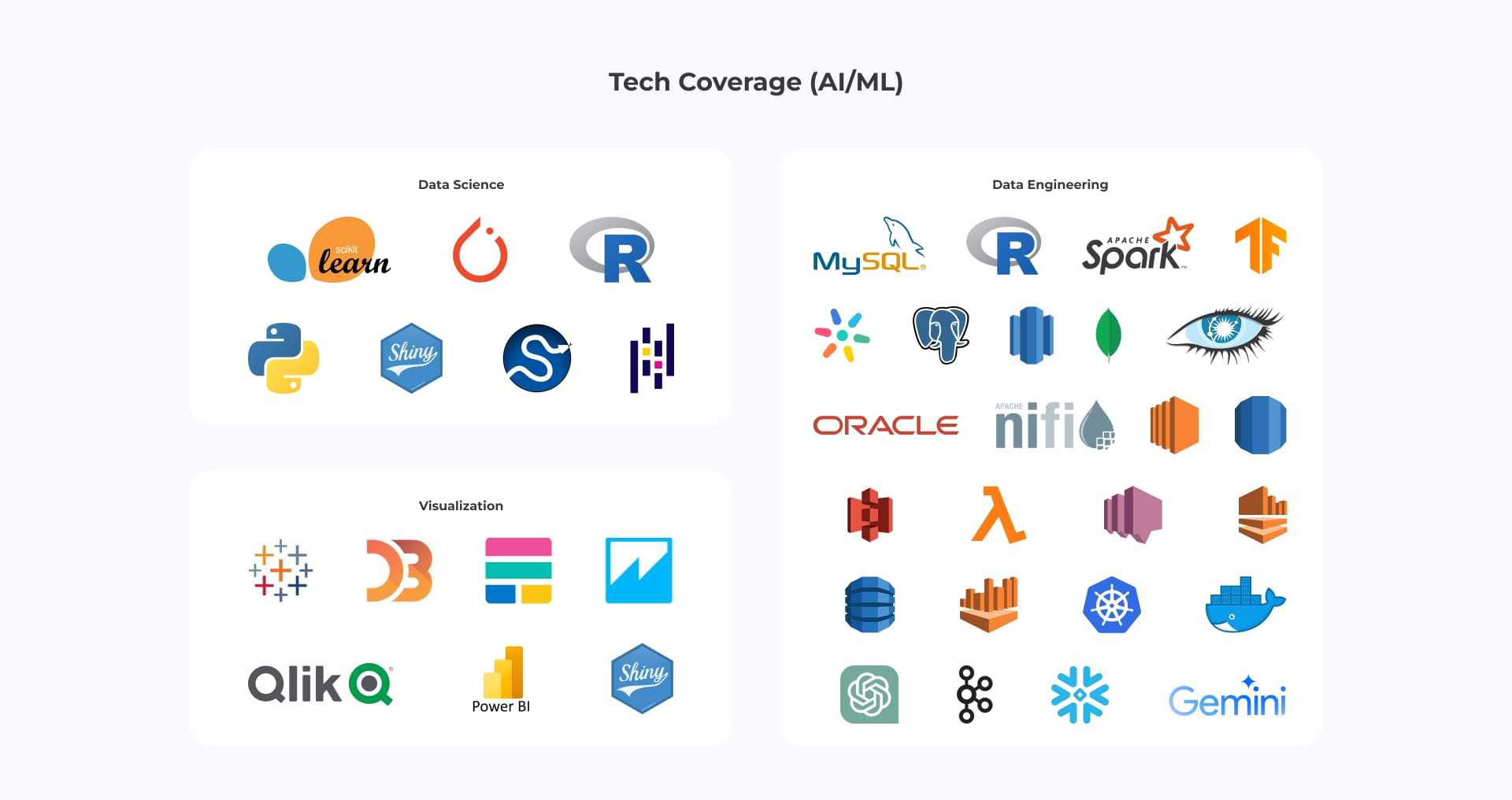Measuring the ROI of Generative AI: A Deep Dive for Software Companies
Generative AI has irrevocably transformed the software landscape, promising increased efficiency, innovation, and cost savings. Yet, the allure of this technology often overshadows the critical question: is it delivering tangible value? To bridge this gap, software companies must rigorously measure the return on investment (ROI) of their generative AI initiatives. This article delves into the complexities of ROI measurement, offering practical strategies and considerations for software organizations.
Let’s connect
Book a meeting
Measuring ROI in Generative AI: A Special Challenge
Unlike traditional software projects with well-defined outputs and measurable outcomes, generative AI often produces intangible benefits. The creative nature of the technology can make it difficult to quantify its impact on revenue, costs, or customer satisfaction. Moreover, the long-term effects of generative AI on business operations might not be immediately apparent.
Machine Learning as the Backbone
Machine learning is the core of generative AI. These calculations, prepared on endless datasets, control the creation of unused substance and arrangements. To degree the ROI of generative AI viably, it’s fundamental to assess the execution of basic machine learning models. Key metrics include:
- Model accuracy: How precise are the outputs generated by the model?
- Training time: How proficiently can the show be prepared on modern data?
- Computational assets: What is the taken a toll of running and keeping up the model?
- Data quality: How does the quality of input data impact model performance and ROI?
By understanding the performance of machine learning models, organizations can gain insights into the potential ROI of their generative AI initiatives.
Key Performance Indicators (KPIs) for Generative AI
To measure the ROI of generative AI, software companies must identify relevant KPIs. These measurements ought to adjust with commerce goals and give significant bits of knowledge. Consider the following KPIs:
- Development efficiency: Track metrics like lines of code generated per hour, time saved on code reviews, and reduced development cycles.
- Cost decrease: Screen costs related to labor, apparatuses, and framework. Calculate savings achieved through automation and reduced errors.
- Product quality: Measure metrics like defect rates, customer satisfaction, and time spent on bug fixes.
- Innovation: Assess the number of new product features or ideas generated, time to market, and customer adoption of new products.
- Revenue impact: Track metrics like increased sales, customer lifetime value, and market share to understand the financial impact of generative AI.
Building a Strong ROI Measurement Framework
To effectively measure the ROI of generative AI, software companies should follow these steps:
- Define clear destinations: Build up particular objectives for the generative AI initiative.
- Identify key performance indicators: Select metrics that align with business objectives.
- Establish baselines: Degree execution some time recently actualizing generative AI.
- Collect and analyze information: Assemble information on key execution markers and compare them to baselines.
- Calculate ROI: Quantify the financial benefits and compare them to costs.
- Iterate and refine: Continuously monitor performance, adjust KPIs, and refine
Overcoming Challenges
Evaluating the ROI of generative AI comes with its possess set of challenges. Some common hurdles include:
- Attributing outcomes: Determining the exact contribution of generative AI to overall business results can be complex.
- Long-term affect: The full affect of generative AI may take time to materialize.
- Intangible benefits: A few benefits, such as moved forward worker resolve or upgraded client involvement, are troublesome to evaluate.
To address these challenges, consider using a combination of quantitative and qualitative methods, conducting pilot projects to isolate the impact of generative AI, and focusing on long-term trends rather than short-term results.
Conclusion
Measuring the ROI of generative AI is essential for software companies to justify investments and optimize the use of this transformative technology. By carefully selecting KPIs, establishing a robust measurement framework, and addressing potential challenges, organizations can gain valuable insights into the impact of generative AI on their business. As the technology continues to evolve, ongoing measurement and refinement will be crucial for maximizing its potential.
Global success stories
Here are some related content that highlight our capability in delivering AI solutions that save costs as well as boost productivity.
Manufacturing 4.0:



